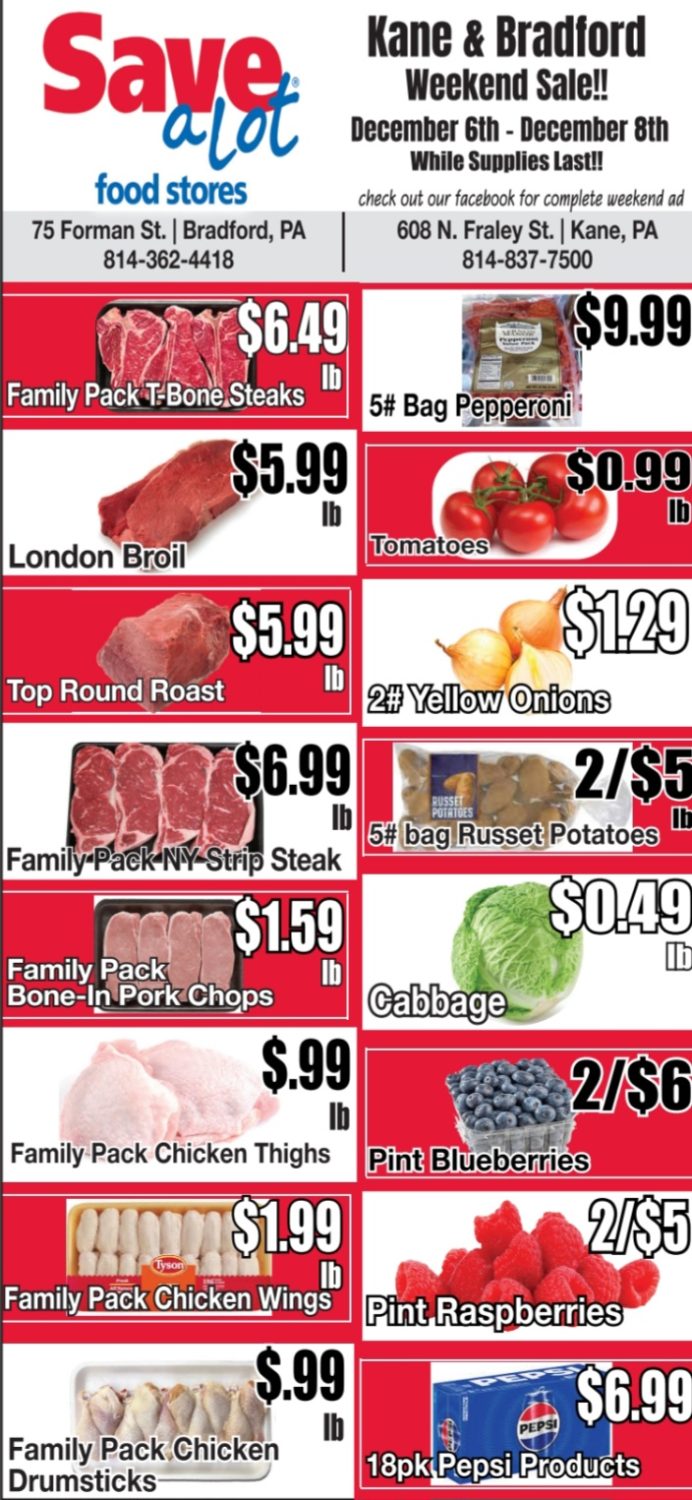PennDOT Discusses Winter Preparations and Situational Awareness at Regional Traffic Management Center
Officials from four Pennsylvania Department of Transportation (PennDOT) districts held a combined media event today to discuss winter preparations and how the central Regional Transportation Management Center (RTMC) assists with situational awareness for the traveling public.
Jason Powell, District 2 Maintenance Operations Manager, provided an overview of the center, which provides coverage services to 26 counties in the region. Powell noted, “The tools and technology we use allows us to respond quickly, make changes quickly, and share information quickly. The service we provide through the RTMC helps keep motorists safe as they travel through the region”.
RTMC services include 24/7 monitoring and posting of road and bridge restrictions/closures, managing traffic related and weather-related incidents, and oversight of the Intelligent Transportation System, which includes traffic cameras, message boards, and Highway Advisory Radio.
In discussing traffic safety, Powell explained that–as part of a signage pilot project– the department has [BM1] deployed variable speed limit, or VSL, signs at 63 total locations:
- 21 locations along I-80 in Clearfield (mile marker (MM) 100-133) and Clinton (MM 182-193) counties;
- Six locations on I-80 in Clarion and Jefferson counties on the approaches to Emlenton Bridge (MM 42-45), North Fork Bridge (MM 78-81), and Kyle Lake Bridge (MM 92-95); and
- 36 locations along I-81 from I-78 to I-80 in Lebanon (five locations), Luzerne (seven locations), and Schuylkill (24 locations) counties.
When visibility or roadway conditions call for lower speeds, the VSLs help to quickly reduce speed limits—displaying the lower speed limit vividly for motorists. When speed limits are reduced, a yellow light at the top and bottom of the VSL will be flashing to further ensure motorists are aware of the change.
While the VSLs are in place through April, permanent speed limit signs will be covered, and the normal posted speed limit will be displayed on the VSL unless visibility or winter weather conditions call for slower speeds.
Earlier this year, the program was active in 12 locations along I-80 in Clearfield County. Preliminary results show this low-cost innovative solution effectively slowed traffic when needed and reduced or eliminated crashes. Locations were chosen based on crash and weather data, such as frequent wintry conditions and where crashes caused by whiteout conditions led to roadway closures of more than three hours.
With more than $212 million budgeted for this winter’s statewide operations, PennDOT deploys about 4,700 on-the-road workers, has more than 636,000 tons of salt on hand across the state and will take salt deliveries throughout the winter.
Ken Bair, Assistant District Executive – Maintenance with District 3 reported that PennDOT is prepared for the winter season.
“Our preparation for the winter season starts the prior spring,” said Bair. “Across our regions counties have adequate materials on hand, equipment has been prepped and personnel have reviewed their snow routes for the winter.”
If motorists encounter snow or ice-covered roads, they should slow down, increase their following distance and avoid distractions. Last winter in Pennsylvania, preliminary statewide data shows that there were 266 crashes resulting in two fatalities and 116 injuries on snowy, slushy or ice-covered roadways where aggressive-driving behaviors such as speeding or making careless lane changes were factors.
Motorists should prepare for potential wintry weather by ensuring they have supplies in their vehicles before heading out: food, water, blankets, extra gloves and hats, cell phone charger, hand or foot warmers, windshield brush and scraper, and any specialized items like medications or baby and pet supplies.
In addition, snow squalls can often produce dangerous and deadly travel hazards on otherwise clear winter days. The National Weather Service now issues “Snow Squall Warnings” which alert drivers of whiteout conditions and slippery roadways, so motorists can avoid traveling directly into these dangerous squalls.





